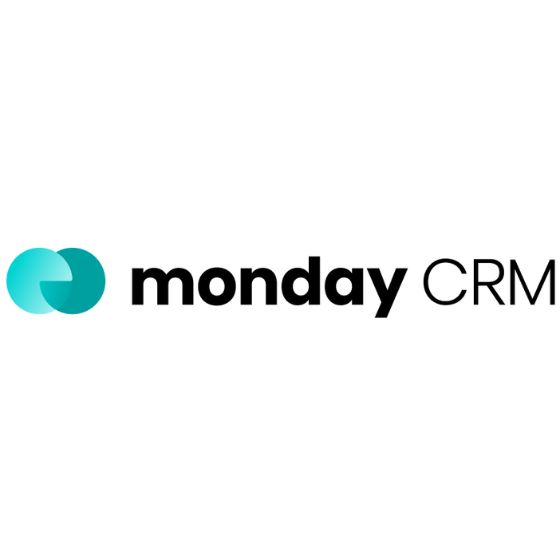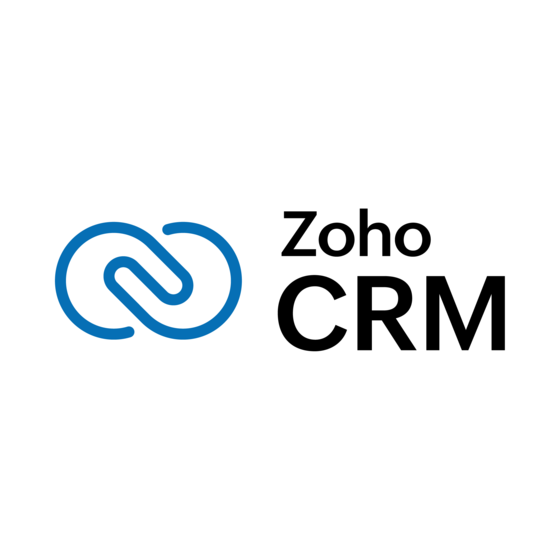Cost Clarity Is Key: Understanding the various cost factors of lead management software, such as user limits and features, is essential to ensure you stay within budget while optimizing efficiency.
Pricing Model Matters: Choosing the right pricing model—subscription, pay-per-lead, or tiered—is crucial, as it affects long-term costs and suits different business needs and growth scenarios.
Beware of Sneaky Extra Costs: Hidden costs, including training, customization, and maintenance, can significantly impact the total investment, so evaluating these factors early helps avoid unpleasant surprises later.
Choose Wisely, Compare Features: When selecting software, it’s vital to compare popular lead management tools based on features and costs to make an informed decision that fits your organization.
Budgeting Basics for Success: Implementing strategic budgeting tips can help manage the expenses of lead management software, letting you maximize value without breaking the bank.
Congrats! You captured a lead's contact information. But now what? Nurturing and converting them into a customer requires effective lead management. Software can make this process much more efficient, but the total cost of lead management is a little murky. I’m breaking down the cost expectations of lead management software and features to look for to maximize your budget.
Cost Factors Of Lead Management Software
The cost of lead management software can vary based on a few factors, including the number of users, the range of features, and the level of customization you need. A few factors to keep in mind are:
- Plan type
- Number of users
- Pricing model
- Customization and integrations
- Ongoing support and training
Basic plans often cover essential features like lead capture and tracking, while advanced plans include things like analytics, automation, and integration with other tools.
The pricing model—whether subscription-based or one-time payment—can also impact the overall cost. Subscription models typically charge per user per month, which can add up for larger teams. Customization and integration with existing systems is another area to watch for sneaky costs.
The final factor to consider: customer support and training services both internally and by the vendor. You'll likely pay a premium for vendor support, but don't forget to factor in the internal time and resources needed to train your team.
Pricing Models
There are usually several pricing models for lead management software, ranging from subscription to pay-per-lead to tiered plans that can be scaled as your business grows.
| Pricing Model | Description | Best For |
| Subscription-Based Pricing | Recurring fee for access to software, often includes various features and support levels. | Predictable costs, growing teams |
| Pay-Per-Lead Pricing | Charged based on the number of leads generated or managed. | Fluctuating lead volume, budget-conscious |
| Tiered Pricing | Offers different packages with varying features and limits. | Specific feature needs, different user tiers |
- Subscription-based pricing charges either a monthly or annual recurring fee for the software. This model often includes various features and support levels.
- Pay-per-lead pricing charges businesses based on the number of leads generated or managed through the software. This model can be cost-effective for companies with fluctuating lead volume, but can add up as your lead funnel grows.
- Tiered pricing offers different packages with varying features and limits, allowing businesses to choose a plan that fits their requirements and budget.
Hidden Costs
When you're evaluating lead management software, keep an eye out for hidden costs that might not be obvious right away. Here are some key things to consider:
- Training costs: Training your staff on the new lead management system takes time and resources, which can also contribute to hidden expenses.
- Customization costs: Extra development work for customization can be expensive and time-consuming.
- Integration expenses: Connecting the software with your existing tools might require middleware or API development, adding to the overall cost.
- Ongoing maintenance: Costs for software updates, technical support, and other maintenance can accumulate over time.
Comparing Popular Lead Management Software
Choosing the right lead management software involves careful consideration of features, functionality, and cost. Let's compare some popular options to help you make an informed decision.
| Tool | Best For | Trial Info | Price | ||
|---|---|---|---|---|---|
| 1 | Pipedrive CRM Track leads through every part of the sales funnel with Pipedrive. | Best for visual sales pipeline management | 14-day free trial | From $14/user/month (billed annually) | Website |
| 2 | monday CRM Monday.com CRM optimizes sales workflows for improved efficiency and productivity. | Best for customizable sales automation | 14-day free trial | From $12/user/month (billed annually, min. 3 seats) | Website |
| 3 | Zoho CRM Zoho CRM provides a centralized dashboard for all sales insights, including deals and leads. | Best for AI-driven sales insights | 15-day free trial | From $14/user/month (billed annually) | Website |
| 4 | CallPage Get free 28-second calls directly from your customers with Callpage. | Best for outbound lead management | 7-day free trial available | From $25/month | Website |
| 5 | Drift Discuss directly with your prospects with Drift. | Best for conversational marketing | Free demo available | From $2,500/month (billed annually) | Website |
| 6 | Unbounce Create interactive landing pages with Unbounce. | Best for creating personalized landing pages | 14-day free trial | From $90/month (billed annually) | Website |
| 7 | Kustomer Profile and engage customers with Kustomer. | Best for omnichannel customer support | 14-day free trial | From $89/user/month | Website |
| 8 | Zendesk Sell View leads, contacts, and interactions with Zendesk Sell. | Best for lead qualification | Free trial + free demo | From $19/user/month | Website |
| 9 | Keap Keap's sales automation feature automates sales processes, including follow-ups and task assignments, to help manage the sales pipeline. | Best for small businesses | 14-day free trial | From $249/user/month (billed annually) | Website |
| 10 | AeroLeads Build comprehensive email lists with Aeroleads. | Best for building email lists | Free trial available | From $39/month | Website |
10 Tips For Budgeting For Lead Management Software
When budgeting for lead management software, I have a few tips to keep costs under control.
- Assess your needs: Determine the exact number of users, essential features, and desired level of customization.
- Compare pricing models: Evaluate subscription-based, pay-per-lead, and tiered plans to find the best fit for your business.
- Factor in hidden costs: Account for implementation, training, customization, integration, and ongoing support expenses.
- Plan for growth: Allocate budget for future upgrades, additional users, and increased storage as your business expands.
- Prioritize integration: Choose software that seamlessly integrates with your existing tools to avoid extra costs and complexities.
- Calculate ROI: Estimate the potential return on investment by analyzing how the software can improve lead conversion rates and sales.
- Consider long-term costs: Factor in the total cost of ownership, including ongoing maintenance, updates, and support fees.
- Seek expert advice: Consult with industry professionals or software vendors to get insights on budgeting and cost-effective solutions.
- Set clear objectives: Define your goals for the software and align your budget accordingly.
- Explore free trials: Take advantage of free trials of lead management software to evaluate features and performance before committing to a purchase.
Bank On A Better Lead Management Experience
Choosing the right lead management software and figuring out costs can be tricky. But if you take the time to really think about what your business needs, compare pricing models, and consider any hidden expenses, you'll be in a good position to make a smart choice.
The best software is the one that fits your budget and gives you a solid return on investment. With some careful planning, you can pick a solution that boosts your sales and keeps things running smoothly.
Ready to take your RevOps to the next level? Get software reviews, expert tips, and career resources to your inbox. Join the waitlist for The RevOps Team newsletter.












